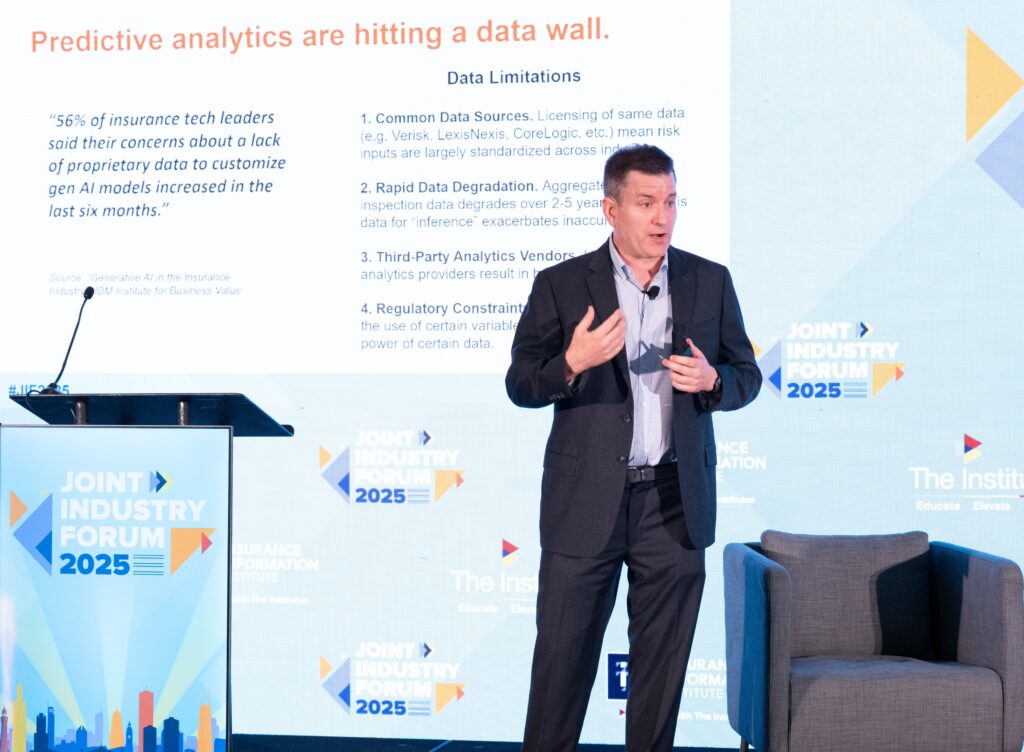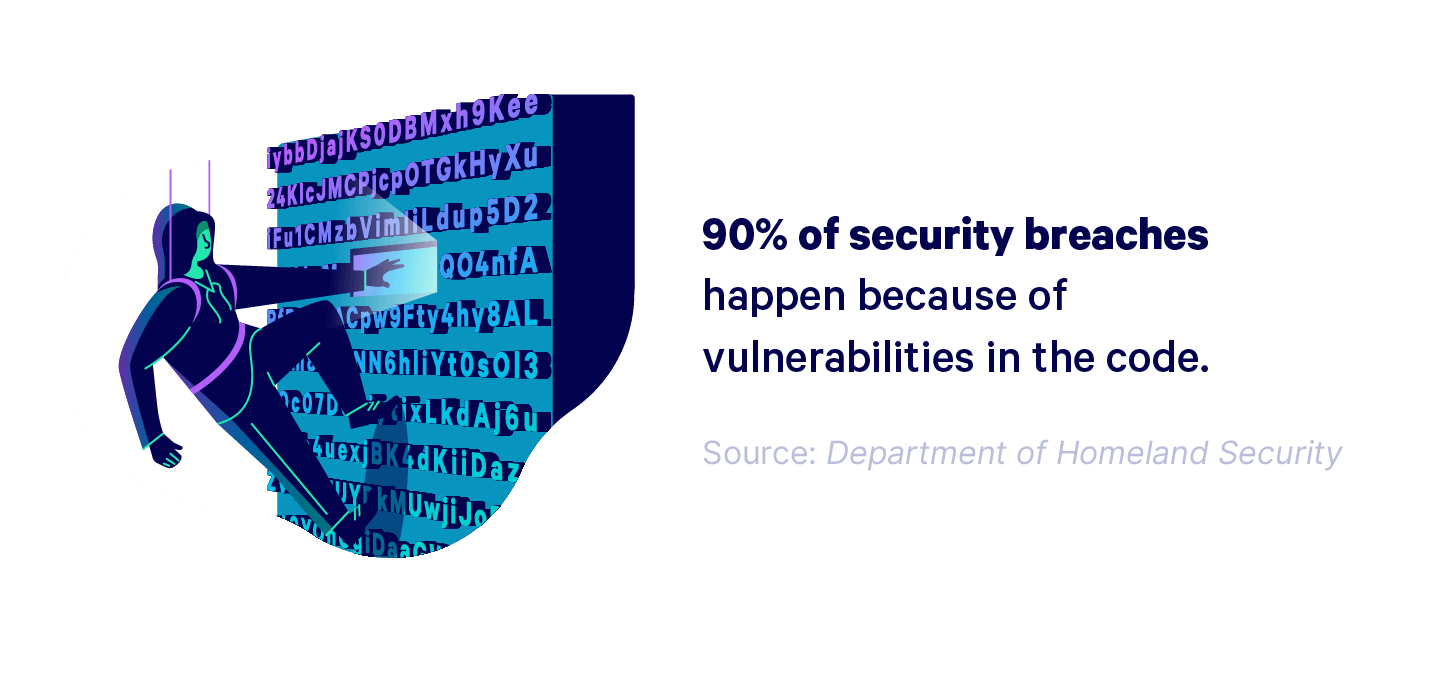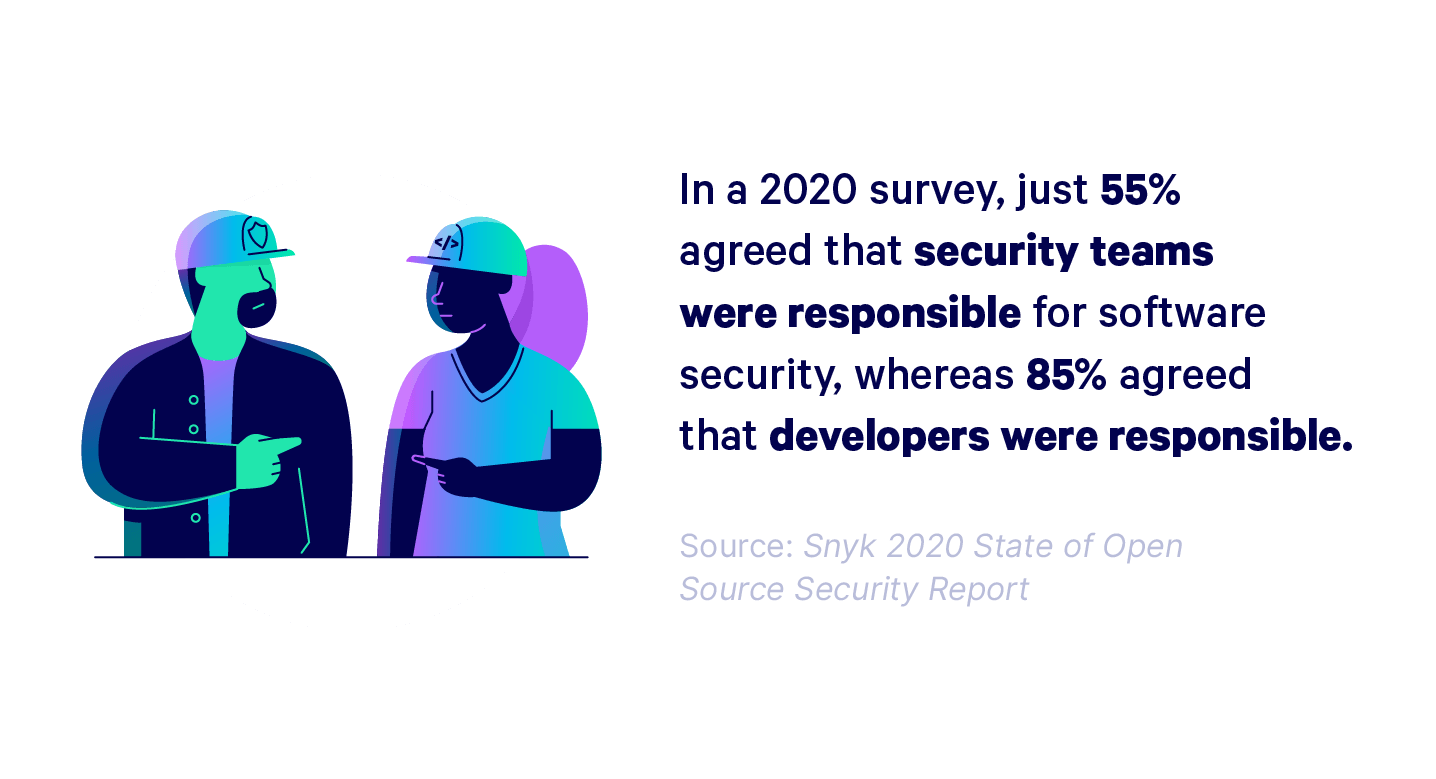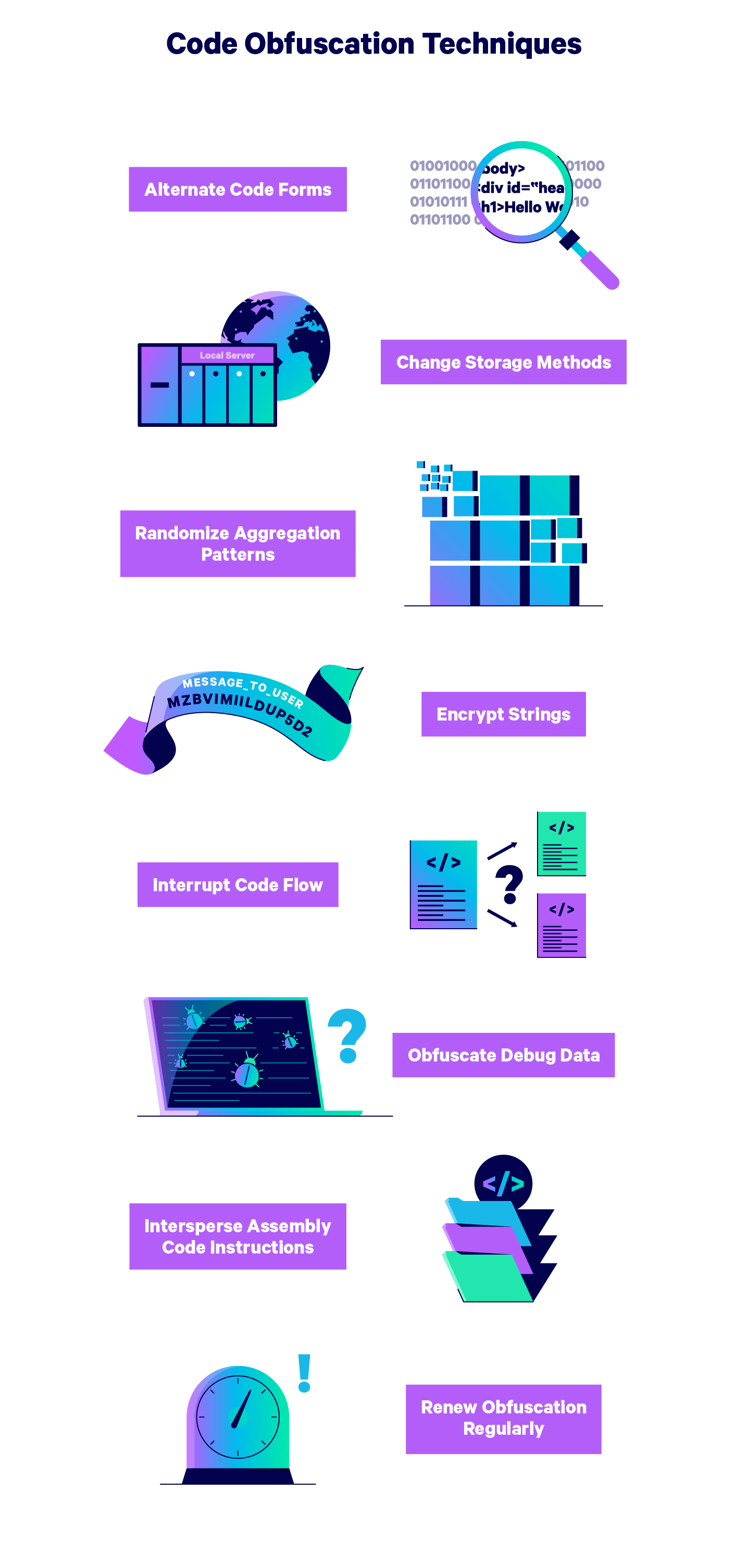This post is part of a series sponsored by AgentSync.
Since his inauguration in late January, President Donald Trump has imposed (and pledged to impose) several tariffs affecting nearly all U.S. imports. While the somewhat sporadic nature of these actions makes predicting the full extent of their future consequences difficult, examining what we know about tariffs, their impact on prices, and the ins and outs of the P&C insurance sector can give us a general idea of what may be in store.
Spoiler alert: There could be rougher times ahead for P&C insurers and policyholders.
Tariffs: What are they and how do they impact prices?
Today’s Econ 101 lesson: Tariffs—aka taxes charged on goods imported from other countries. Typically, tariffs are represented as a percentage of a product’s value and are paid directly to the government by the company bringing the foreign goods into the country. While the general idea of tariffs is that the importer pays the duties, the reality is that often the end consumer bears at least some of the cost.
To illustrate the effect on end consumers, let’s use the Trump administration’s 25 percent tariff on all agricultural imports from Mexico. In this example, a U.S. grocery store that imports 20-lb bags of bell peppers from a farm in Guadalajara now has to pay for the price of a bag plus a 25 percent tax that goes directly to the U.S. government. To safeguard their profit margins, the grocery store may choose to pass some (if not all) of the increased expense onto its patrons by raising the price of bell peppers. All of a sudden, family dinner night costs a little bit more.
But what does any of this have to do with P&C insurance? Trump’s tariffs would affect more than just agricultural imports, with analysts predicting higher prices across a range of goods from lumber, to sneakers, to chocolate, to cars. The on-again, off-again actions regarding new levies have thrown the stock market into turmoil as investors grapple with increasing levels of uncertainty regarding the future of the U.S. economy. Property and casualty insurers are no less concerned, as any increase in the cost of imported home and auto building and repair materials will ultimately drive up claims costs, putting already-strained solvency ratios to the test. Let’s explore the impact Trump’s tariffs could have on the value of two commonly insured assets: homes and cars.
How tariffs impact homeowners insurance premiums
According to the National Association of Home Builders, the U.S. imported an estimated $14 billion in residential construction materials in 2024, including lumber from Canada and lime and gypsum products from Mexico. Builders expect the new tariffs to increase the cost of construction materials for the average U.S. home by just under $11,000. When the price of materials increases, so does the price of repairing property damage. In other words, a homeowner that needed $500,000 in dwelling coverage in 2024 would now need at least $511,000 to cover tariff-related price increases. Economists predict these price increases will lead to higher claims payouts for P&C carriers in the short term and ultimately increase premiums for homeowners.
How tariffs impact auto insurance premiums
With a 25 percent tariff on all imported cars, the auto industry is set to feel the impacts of Trump’s tariffs pretty directly. Add to that the millions of domestically assembled cars that rely on imported parts and materials, including aluminum and steel, which face a 25 percent tariff, plus a baseline 10 percent tariff on all imports in general, and suddenly purchasing a new car is now $2,500 to $12,000 more.
Higher auto-repair costs mean higher claims costs, which could necessitate higher premiums as carriers adjust their pricing models to more accurately reflect their risk. Premium hike predictions are already rolling in, with industry experts at Insurify forecasting a 19 percent increase in full-coverage auto insurance prices by the end of 2025. However, the changing nature of the tariffs makes it impossible to pinpoint an accurate number at this time.
Tariffs threaten an already-fragile P&C landscape
The P&C industry relies on affordable materials for property repairs and replacements as part of claims settlements. The higher claims costs for construction materials and auto parts directly impact carriers’ profitability as they scramble to re-define their pricing models to keep up with price increases and battle with state regulators attempting to shield policyholders from unfair premium hikes.
To make matters more complicated, P&C insurers are already facing tight profit margins due in large part to the increased frequency and severity of large-scale natural disasters. Coming off a rather volatile past few years, insurers that were just starting to see an improvement in their combined ratio are now left bracing for a further blow to their profitability as a result of the new tariffs.
The path to profitability: 3 options for P&C carriers
Given the above, things may be feeling a bit bleak for P&C carriers at the moment. But one thing that we know for certain is that the insurance industry and the 3 million or so people working in it are nothing if not resilient.
Below are three paths carriers could take to limit their risk and remain profitable despite shifting market conditions. The most proactive carriers will implement some combination of all three to not only survive current tariff-related threats to profitability, but to better face future challenges head-on.
1. Practice more proactive underwriting
The rapid nature of tariff fluctuations makes it difficult for insurers to respond both quickly and accurately to their increased risk. But, by prioritizing frequent actuarial reviews and periodically modeling best- and worst-case scenarios, carriers and state regulators can better understand the financial impact various tariff actions may have on claims costs.
When it comes to more accurate underwriting, data is key. Successful carriers are already leveraging data and analytics to improve their underwriting and, as data collection and analysis tools continue to advance, we expect more carriers to harness their large volumes of real-time and historical data for improved underwriting and claims predictions. In the case of impending tariffs, P&C insurers may consider incorporating data points like geopolitical risk scores and supply-chain exposure measures into their underwriting models.
2. Get innovative with policy offerings and design
To get ahead of the rising cost of construction and repair materials, carriers might turn to innovations in their policy offerings and pricing models. One option is for P&C insurers to introduce escalation clauses into their policies that automatically adjust coverage limits in the event of increased costs. These clauses leverage Producer Price Index data in their pricing models to offer financial protection despite construction material tariffs for:
- Carriers: by allowing them to adjust policy prices to more accurately reflect their risk
- Policyholders: by preventing them from being underinsured against future damages
Other options for carriers include expanding their coverage offerings. Some contingent business interruption insurance policies already factor rises in geopolitical uncertainty into their terms. And some companies already offer supply chain insurance and trade credit insurance.
3. Fortify operations for greater resilience
In response to ongoing P&C market volatility, carrier and agency boardrooms are shifting their focus to operational efficiency and risk reduction. When market uncertainty threatens profit margins, carriers should consider any opportunity to increase efficiency in their internal processes and reduce their overhead costs. With so many moving parts, understanding your insurance business’ current state is a challenging but crucial first step toward improving resilience and reducing risk.
Luckily, carriers can assess the strength of their current distribution channel strategy using this interactive assessment. Once you’ve received your results and diagnosed your level of maturity across five key areas of distribution strategy and execution, you’ll gain a clearer picture of where and how to mitigate risk and expense from your operations.
In sum, while the goal of the tariffs may be to increase domestic production, they’ll also introduce significant inflationary pressures on the price of consumer goods that’ll impact P&C insurers and policyholders. The insurance sector will need to find innovative ways to adapt to the changes if it wants to keep its long-standing promise of protecting policyholders while also remaining a stable and profitable career field.
For a more in-depth look at the challenges currently facing the P&C sector, check out our e-book: The Future of P&C Insurance: The Race to Contain Costs Amid Rising Catastrophic Losses.
Topics
Property Casualty
















